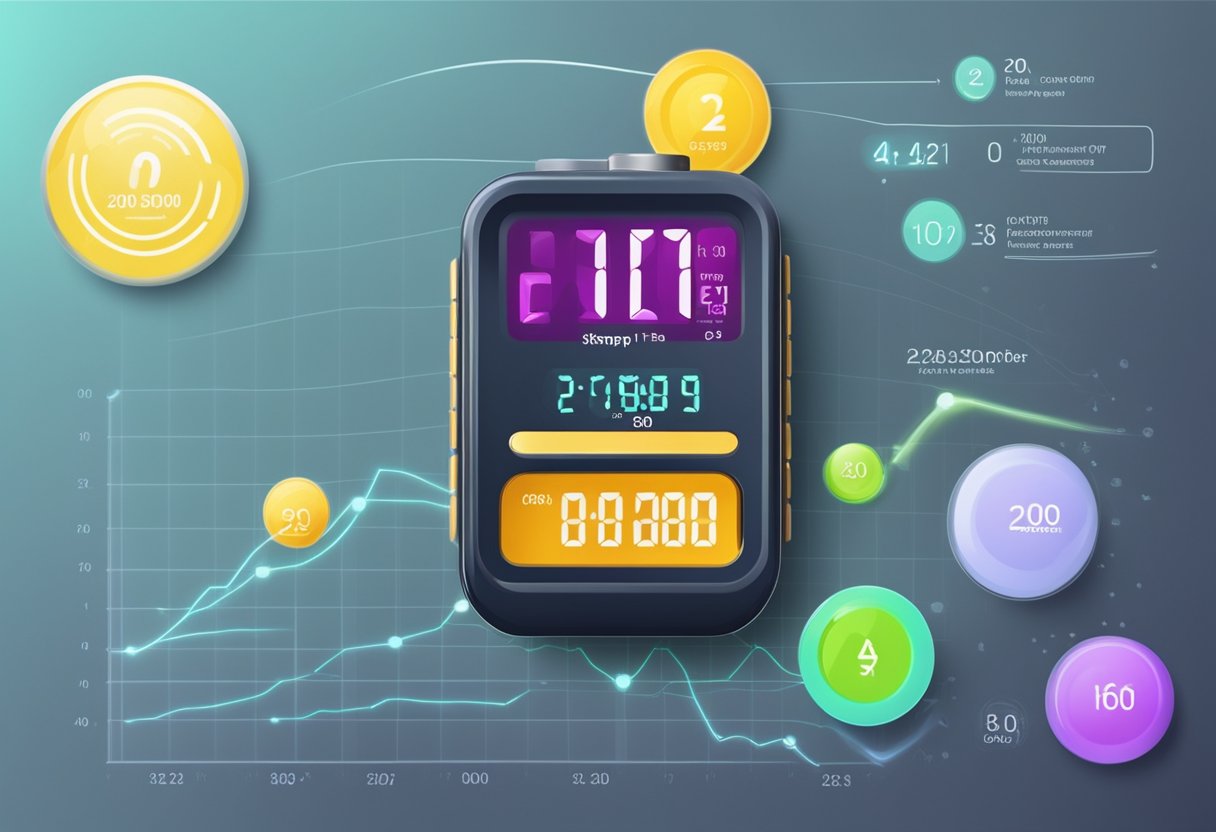Mastering Your Heart Rate: How to Measure Your Pulse Effectively
Understanding how to measure your pulse is essential for monitoring your heart health and fitness progress. This article provides detailed insights into the various methods of puls messen and specific questions often asked on the topic.

Why Measuring Your Pulse Matters
Measuring your pulse, or puls messen, is a fundamental aspect of assessing your cardiovascular health. Your pulse can indicate your heart rate, which is an essential measure of your fitness level and overall health.
How Can You Measure Your Pulse?
There are several ways to measure your pulse, each with its advantages:
- Manual Measurement: This is the traditional method where you use your fingers to feel the pulse on your wrist or neck.
- Heart Rate Monitors: Wearable devices like smartwatches and fitness bands offer convenient ways to monitor your pulse in real-time.
- Mobile Apps: Many apps allow you to measure your pulse using your smartphone camera and light.
- Medical Devices: Professional-grade devices like electrocardiograms (ECGs) provide detailed heart metrics.
Where to Measure Your Pulse
The most common sites for measuring your pulse include:
- Radial Pulse: Located on the wrist, just below the thumb.
- Carotid Pulse: Found in the neck, just beside the windpipe.
- Brachial Pulse: Located in the arm, typically used for infants.
- Femoral Pulse: Found in the groin, used in emergency settings.
Steps to Measure Your Pulse Manually
If you're keen on measuring your pulse manually, follow these simple steps:
- Find a Comfortable Position: Sit or lie down to rest.
- Locate Your Pulse: Use your index and middle fingers to press lightly on the chosen pulse site.
- Count the Beats: Use a timer to count how many beats you feel in 60 seconds, or count for 30 seconds and multiply by two.
- Record Your Pulse Rate: This will give you your resting heart rate.
What Should Your Pulse Rate Be?
Your resting heart rate is an important health indicator. Generally, a normal resting heart rate for adults ranges from 60 to 100 beats per minute. However, athletes might have a lower resting heart rate due to higher cardiovascular efficiency.
Factors Affecting Your Pulse Rate
Several factors can influence your pulse rate, including:
- Fitness Level: More fit individuals tend to have lower resting heart rates.
- Emotions: Stress and anxiety can elevate your heart rate.
- Temperature: Heat can increase your heart rate, while cooling effects can lower it.
- Medication: Certain drugs can raise or lower your heart rate.
How to Monitor Your Pulse Effectively
For continuous monitoring of your pulse, consider:
- Regular Check-ins: Measure your pulse at the same time daily for consistent tracking.
- Use Technology: Invest in a reliable fitness tracker or smartwatch for ease of access and information.
- Adjust for Activity: Remember to measure your pulse pre and post-exercise for better insight into your fitness level.
Common Questions About Pulse Measurement
Here are some frequently asked questions regarding puls messen:
1. How often should I measure my pulse?
It’s ideal to measure your pulse daily, especially if you’re starting a new fitness regimen or managing health conditions.
2. Can my pulse indicate health issues?
Yes, consistently high or low pulse rates can indicate potential health problems, and should be discussed with a healthcare provider.
3. What should I do if my pulse is irregular?
If you notice an irregular pulse, consult a doctor for evaluation, as this can sometimes indicate underlying issues.
Conclusion
Measuring your pulse is a simple yet powerful tool for understanding your heart health. Whether you're an athlete looking to optimize your performance or someone monitoring a health condition, knowing how to effectively measure your pulse allows you to gain crucial insights into your health.
For further resources and assistance on measuring your pulse, consult healthcare professionals or explore comprehensive guides available online.
New posts

Effective Strategies to Lower Blood Pressure
Fitness

Navigating Low Blood Pressure and High Pulse: Key Insights
Wellness

Combatting Fatigue from Low Blood Pressure: Causes and Solutions
Lifestyle

Understanding Low Blood Pressure at Night: Causes, Symptoms, and Management
Wellness

Understanding Ruhepuls 60: A Guide to Optimal Heart Rate
Fitness

Understanding Ruhepuls 45: The Ideal Resting Heart Rate for Your Health
Fitness

Low Blood Pressure and Trembling: Understanding the Connection
Wellness

Understanding Normal Pulse Pressure: What You Need to Know
Lifestyle

Understanding Normal Pulse Rates: What Is a Normal Pulse?
Fitness

Understanding Pulsdruck: Key Insights into Your Blood Pressure Dynamics
Wellness
Popular posts

Understanding Low Diastolic Blood Pressure: Causes, Risks, and Management
Wellness

Understanding Low Diastolic Blood Pressure: Causes and What to Do
Wellness

Understanding Puls Unter 60: When Low Heart Rates Become Concerning
Fitness

Understanding Low Blood Pressure Symptoms in Men
Wellness

Understanding the Ruhepuls Tabelle: A Comprehensive Guide
Fitness

Low Blood Pressure and Trembling: Understanding the Connection
Wellness

Understanding Ruhepuls 50: What It Means for Your Heart Health
Fitness

Understanding Normal Pulse Pressure: What You Need to Know
Lifestyle

Understanding Low Blood Pressure and Its Effect on Vision Disturbances
Health

Understanding Wrist Blood Pressure Monitoring: A Comprehensive Guide
Wellness